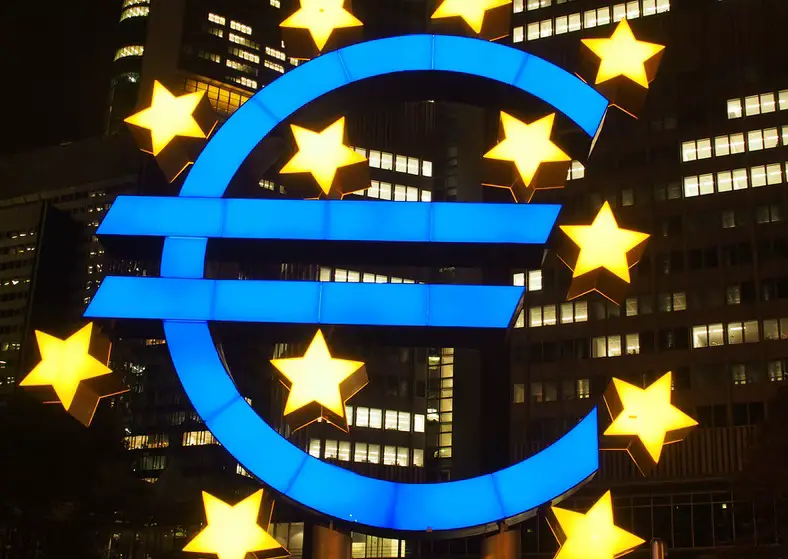In April, Eurozone inflation rose to 7%, increasing for the first time in the last five months, according to data released Tuesday by the European Union’s statistics office, Eurostat.
Driven primarily by food prices, which rose 13.6% year over year, Eurozone inflation grew to 6.9%. It is expected that food, alcohol, and tobacco will have the highest annual increase for April, followed by nonenergy goods, which grew by 6.2%
In April, services were up by 5.2%, compared to March’s 5.1%. Energy prices were up again, rising 2.5%, following a slight decline by 0.9% in March.
Core inflation, which excludes volatile food and energy prices, fell from March’s 5.7% to 5.6% in April. The figure is closely watched by policymakers, who view it as a more reliable a measure of overall trends.
The highest inflation is found in Latvia, where it sits at 15%, followed by Slovakia, Lithuania, and Ireland, all of which are coping with double digit increases in consumer prices within the 20 member Eurozone.
German inflation fell to 7.6% in April, from March’s 7.8%. France’s inflation grew, from 6.7% in March to 6.9% in April.
The figures were a key factor in the ECB’s decision to hike its key rate 25 basis points to 3.25% at their last meeting May 4th.
In a recent statement, the International Monetary Fund said that controlling inflation while avoiding a recession will be the biggest challenge the EU will face over the coming months.


